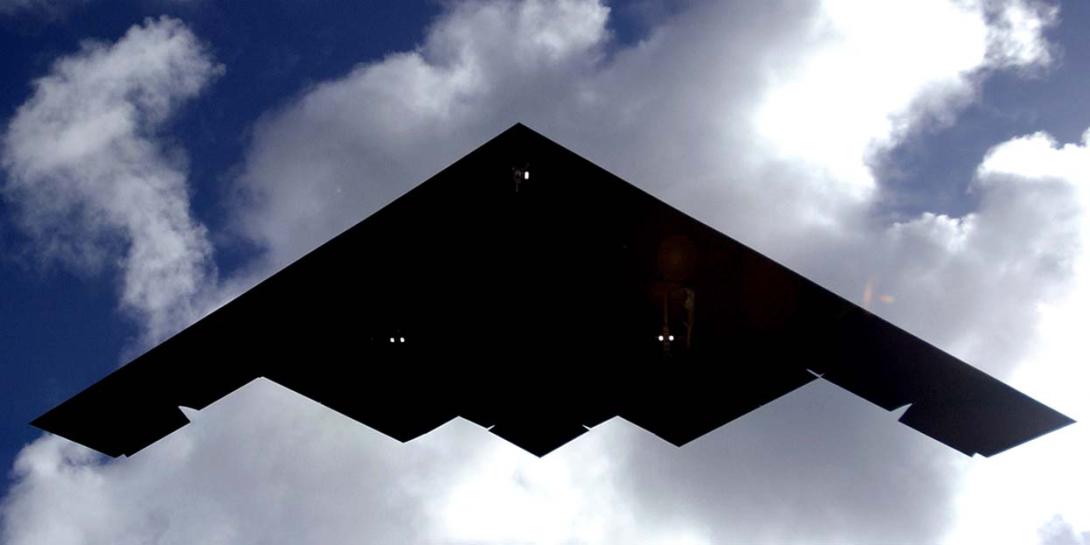EW Programs to Watch
Deputy director of electronic warfare focuses on strategy and programs.
William Conley has a long to-do list.
He serves on the U.S. Defense Department’s Electronic Warfare (EW) Executive Committee, which helped draft the department’s EW strategy, signed earlier this year. Now, the deputy director of electronic warfare in the Office of the Undersecretary of Defense for Acquisition, Technology and Logistics is helping to put together an implementation plan for that strategy, which he expects to be signed in the spring.
In recent months, he also has been heavily focused on the department’s fiscal year 2019 budget, which should be submitted to Congress early next year. The EW budget has grown 5 to 10 percent annually in recent years. “Over the last couple of years with flat budgets, obviously, having any growth is a step in the right direction. But it’s also a sustainable growth, something where we can execute the spending very well,” Conley says.
His office helps oversee major EW programs. Systems are being designed to provide EW support against future adversaries, whose spectrum operation capabilities have grown while U.S. forces have been preoccupied in Iraq and Afghanistan. “It turns out in the air environment, things aren’t getting any easier; in the ground environment, things aren’t getting any easier; and similarly, in the maritime environment, things aren’t getting any easier for us,” Conley says.
The following are some of the office’s programs of note.
Air Force
B-2 Defense Management System Modernization (DMS-M) upgrades include a digital electronic support measures subsystem with antennas and modern display processing units to improve threat radar detection, identification and avoidance capabilities. Associated software components integrate these upgraded systems with B-2 avionics to improve overall pilot threat awareness, reaction and survivability.
The program helps ensure “our B-2s understand the environments they’re working in,” Conley says.
Army
Common Infrared Countermeasures (CIRCM) integrates defensive infrared countermeasures capabilities into rotary-wing, tilt-rotor and some fixed-wing aircraft to engage and defeat man-portable air defense systems. The technology consists of a pointer-tracker unit, an infrared laser and a system processor unit.
Conley reports “making good headway” on CIRCM and points out that because the technology meets urgent Army needs, the rapid acquisition process will move it to the field quickly.
Navy
Next Generation Jammer Increment 1, an external jamming pod, will replace the AN/ALQ-99 tactical jamming system integrated on the EA-18G Growler aircraft. It uses digital, software-based and Active Electronically Scanned Array technologies and will provide enhanced airborne electronic attack capabilities to disrupt and degrade enemy air defense and ground communication systems.
“Things are progressing well there,” Conley reports of the Next Generation Jammer program.
Surface Electronic Warfare Improvement Program (SEWIP) Block 1 provides enhanced EW capabilities to new and existing ship combat systems to improve antiship missile defense as well as countertargeting and countersurveillance capabilities. SEWIP Block 2 upgrades an electronic-support antenna and receiver and an open combat system interface for the AN/SLQ-32 EW system.
SEWIP Block 3 will improve electronic attack capabilities required for the AN/SLQ-32(V) system to keep pace with the threat. SEWIP Block 4 is a future upgrade that will provide advanced electro-optic and infrared capabilities to the AN/SLQ-32(V) system.
Conley describes SEWIP as “important for our ship survivability.”






Comments